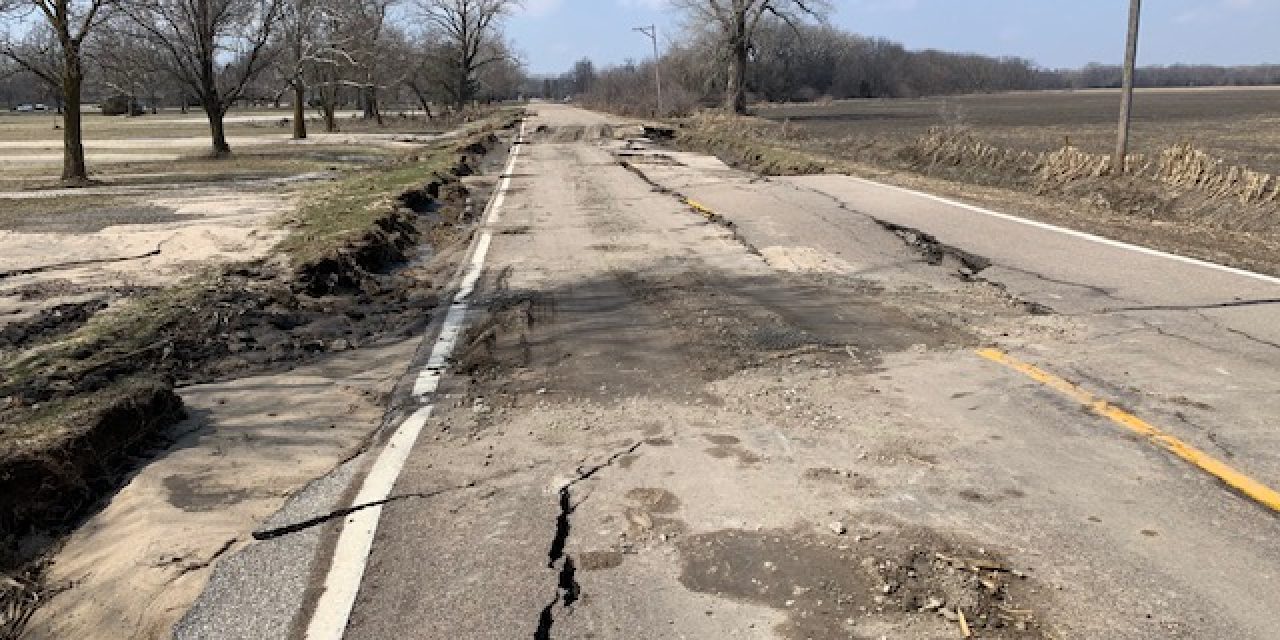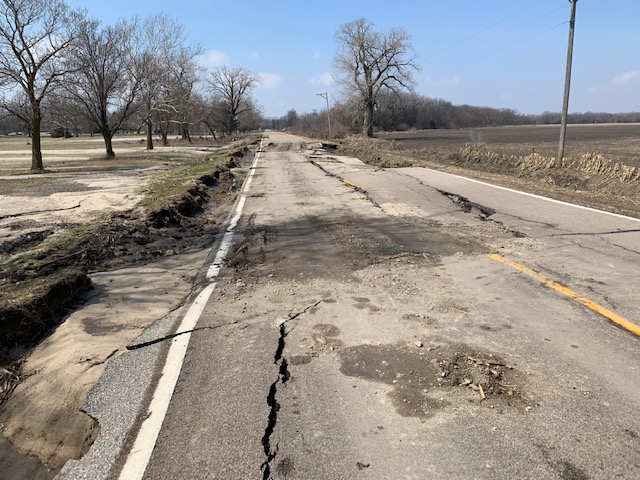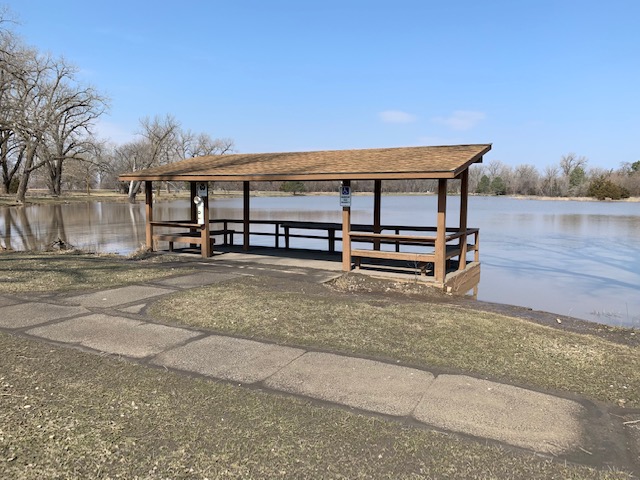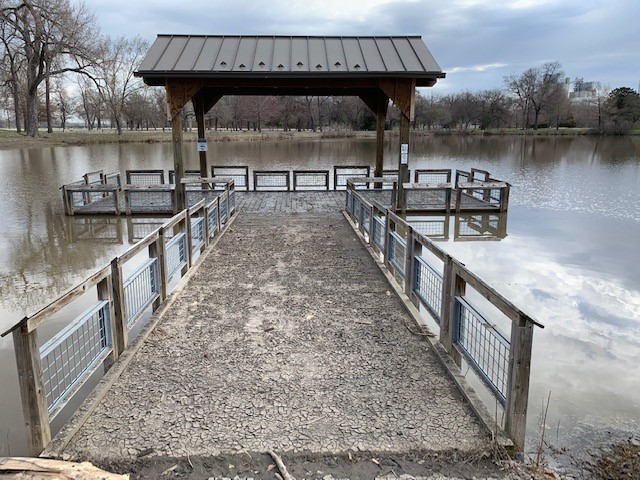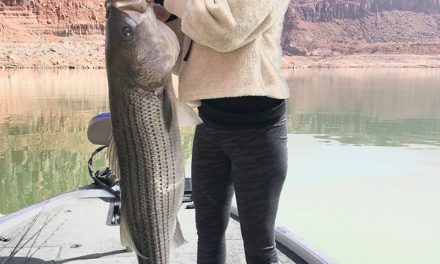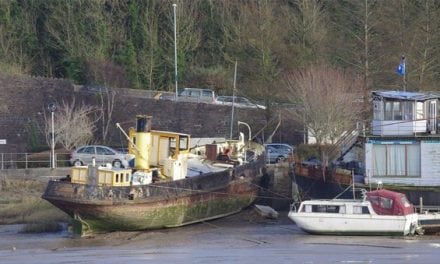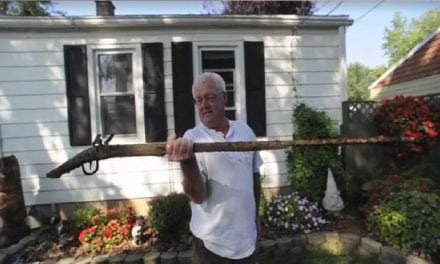We all know of the extensive flooding that occurred in Nebraska back in March. Needless to say many folks were impacted and many are still recovering. That includes fish & wildlife and recreation areas especially State Recreation Areas along the lower Platte River, Fremont Lakes, Two Rivers and Louisville SRA’s. Progress is being made and some of those areas are starting to re-open:
Fremont Lakes State Recreation Area reopen after flooding
LINCOLN, Neb. – Fremont Lakes State Recreation Area has reopened to public use. The park was temporarily closed after sustaining damage during March flooding.
“Fremont Lakes is an important and very popular place for many Nebraskans to spend time with family and friends,” said Jeff Fields, regional superintendent for the Nebraska Game and Parks Commission. “Our staff and many generous volunteers worked very hard to reopen this park in advance of the busy summer season.”
While much of the park is open, several areas will remain closed or have use limitations in place as repairs continue. Restricted areas are as follows:
— A no-wake/5 mph speed limit is in place on lakes 10, 15 (Victory) and 20 because of snags, trees and other potential boat hazards. Normal recreational boating activities on these lakes is expected by the end of May;
— Fisherman’s Point Campground in the north camping area will be closed to all camping until further notice due to high lake levels and roadway damage;
— Access to the Pathfinder Campground will be from west side of the area just off of County Road 19;
— Portions of roadways damaged by flooding have been closed. The public is reminded to observe cautionary signage and barricades.
Both the east and west entrances to the south camping areas are open. A valid 2019 Nebraska State Park Permit is required for all vehicles entering the park. For more information on Fremont Lakes and other Nebraska state park areas, visit OutdoorNebraska.org.
Two Rivers SRA tentative reopening date set for May 15
LINCOLN, Neb. – Two Rivers State Recreation Area in Waterloo is tentatively expected to reopen to the public on May 15.
The Nebraska Game and Parks Commission temporarily closed the area after flooding damaged portions of the park in March. Also damaged was F Street, the road that provides access to the park.
F Street reopened on May 2. The reopening of F Street will allow crews to more easily access the park to replace electrical pedestals and to repair roads within the park that sustained damage during the flooding.
Road damage at Two Rivers was extensive.
Here is what the fishing dock and water quality looked like on the Trout Lake a couple of weeks after the flooding.
From what I have been hearing, Louisville SRA is open again for limited use, but here is an idea of what it looked like:
So, progress is being made and folks are starting to get back to these popular recreation areas. However, let me make some comments on the fisheries in the sandpit lakes on these areas. . . .
Most of the pits on these lower Platte recreation areas flooded. There has been some damage to angler access features and some access will be limited or closed until repairs can be made. When flooding occurs, fish move, fish move both upstream and downstream, both in and out of flooded pits. Unfortunately, that means a variety of unwanted species have likely gained access to what were some quality sandpit fisheries. For example, I can tell you that our field biologists have done some sampling at Fremont Pit #20 where the flood damage was extensive. The Platte River literally cut a new channel through Fremont #20 and some water continues to flow through the pit. At least some restoration of previous boundaries and shorelines is expected, but at this time I will not say exactly what Fremont #20 is going to look like in the future.

Electrofishing sampling did find some quality game fish left in Fremont #20, including a couple of the muskies that have been stocked there:
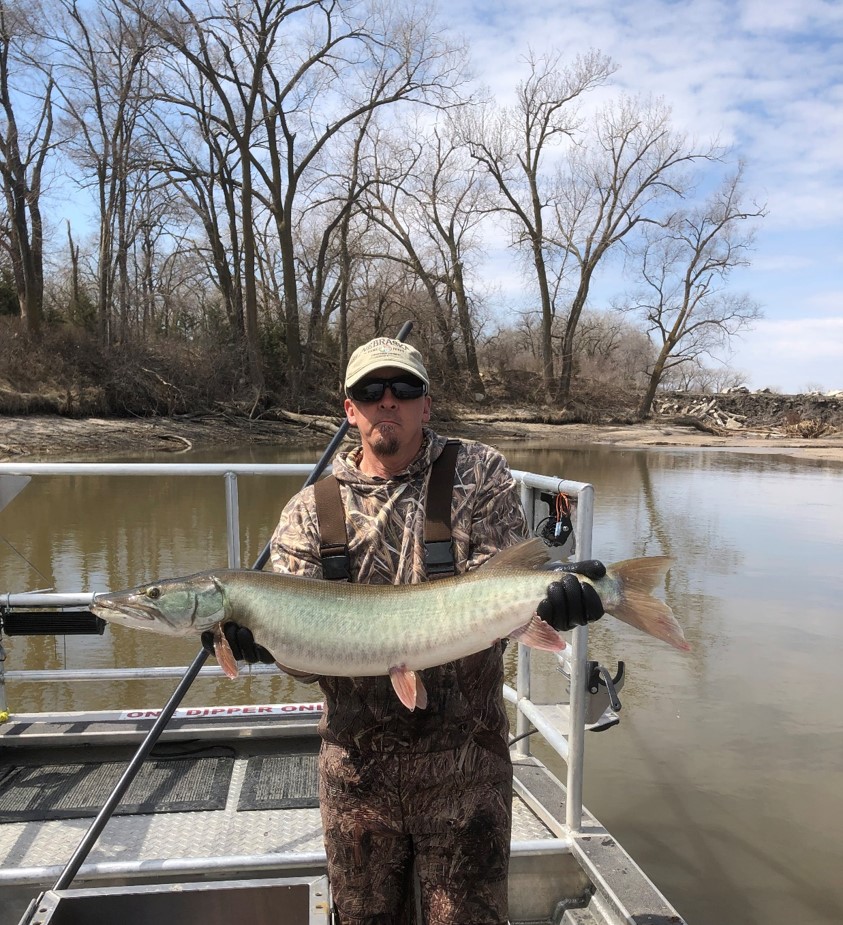
But, unfortunately, there were also a lot of undesirable species like white perch,

and an abundance of common carp and buffalo.
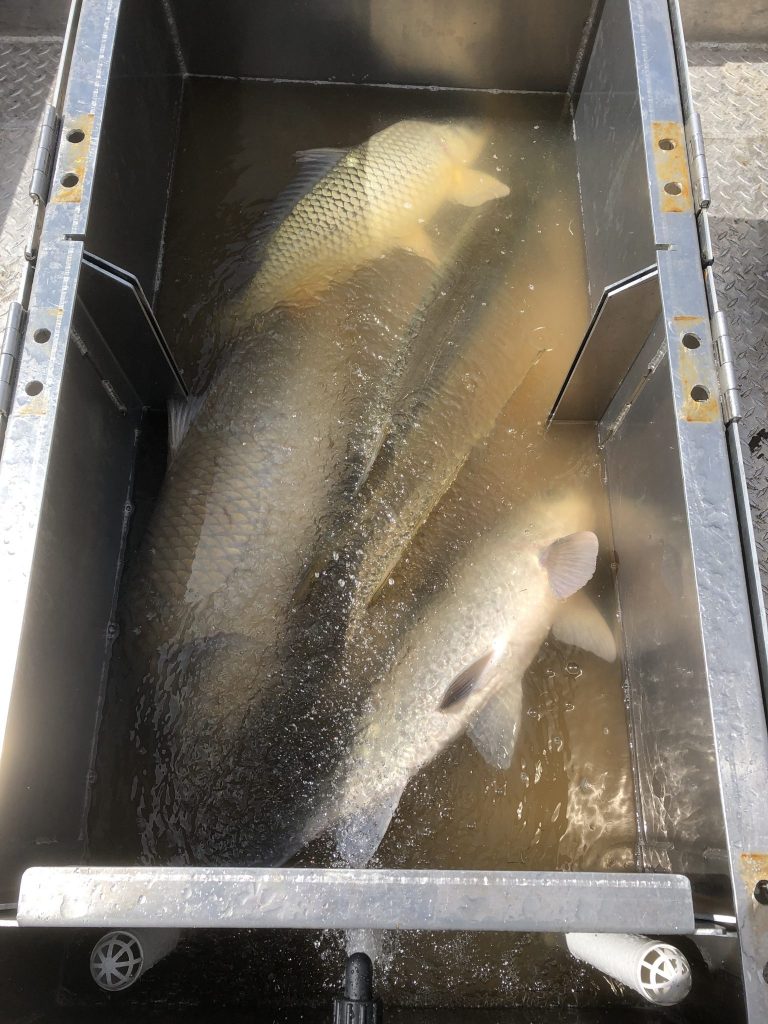
In addition to the fish that were sampled by electrofishing, the sonar view showed an abundance of large fish, assuredly rough fish.
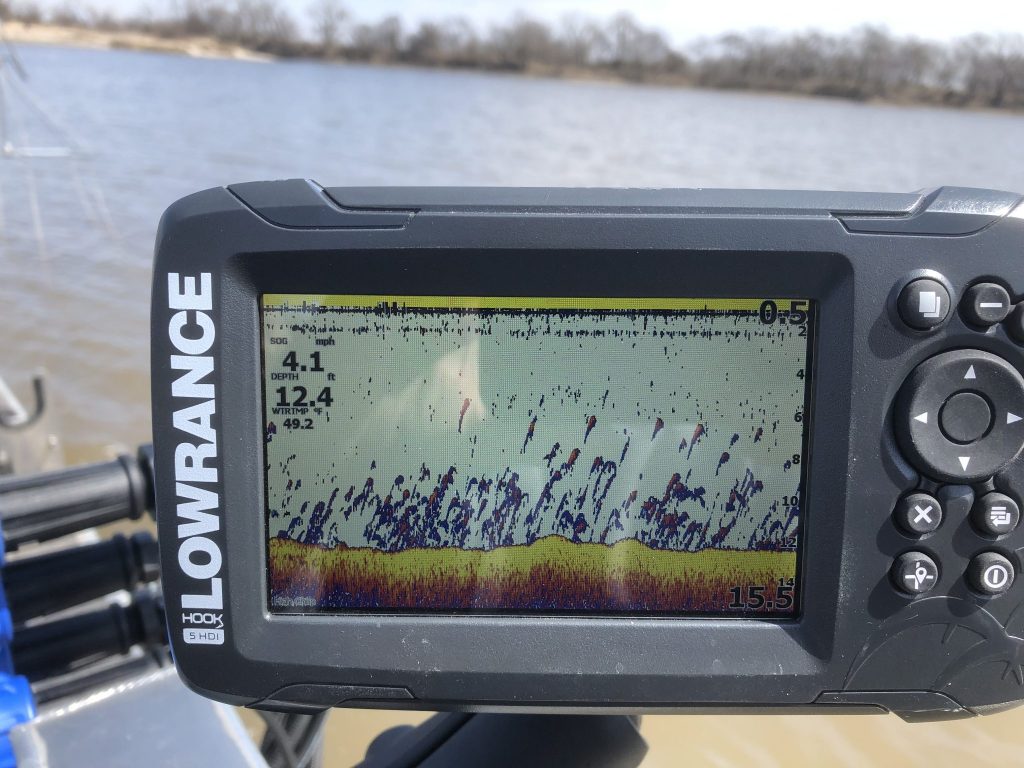
Water clarity on many of the pits has improved over the past several weeks, but the presence of undesirable species like carp and buffalo may keep water clarity from returning to what it was prior to the flooding.
There has been a lot of concern about water quality and water testing has been done on many of the state recreation area waters. It is common to see colifrom bacteria spike in waters following high water events, so certainly you do not want to be ingesting any water. However, I have been asked numerous times about the consumption of fish from flooded waters, and my best answer is that no one has been testing fish flesh immediately after the flooding. Coliform bacteria does not accumulate in fish flesh, so that would not be a concern as far as consumption (just don’t lick ’em). Would other toxins be more likely to accumulate in fish following flooding? With a relatively short-term event like that, I doubt it. The best answer I can give is Nebraska’s Department of Environmental Quality tests the flesh of fish from waters around the state on an annual basis. There are no waters in the state where the consumption of no fish is recommended. There are fish consumption advisories listed recommending limited consumption of some fish from some waters. Those consumption advisories are issued on the assumption that if a person ate a meal of those contaminated fish once a week over a period of years they would be more likely to develop cancer. I do not eat that much fish, let alone that much of one particular species from one particular waterbody, but the information is out there, you can read it and make your own decisions, 2017 Fish Tissue Report (6) .
It is still going to take some time for us to know exactly what impacts the flooding has had on a number of fisheries. I mentioned as an example what we know already about Fremont #20, but there are other waters where it appears the fisheries came through the flooding with few negative impacts (i.e. invasion by rough fish). It will take us some time to continue to sample and evaluate and then decide how to proceed with managing those fisheries. I am afraid there are a bunch of them that are going to require chemical renovations in order to eliminate unwanted species of fish. Right now I do not know for sure which waters will be candidates for chemical renovation nor when those renovations might take place. As we learn more, we will let folks know about it!
The post Lower Platte Sandpit State Recreation Areas appeared first on Nebraskaland Magazine.

